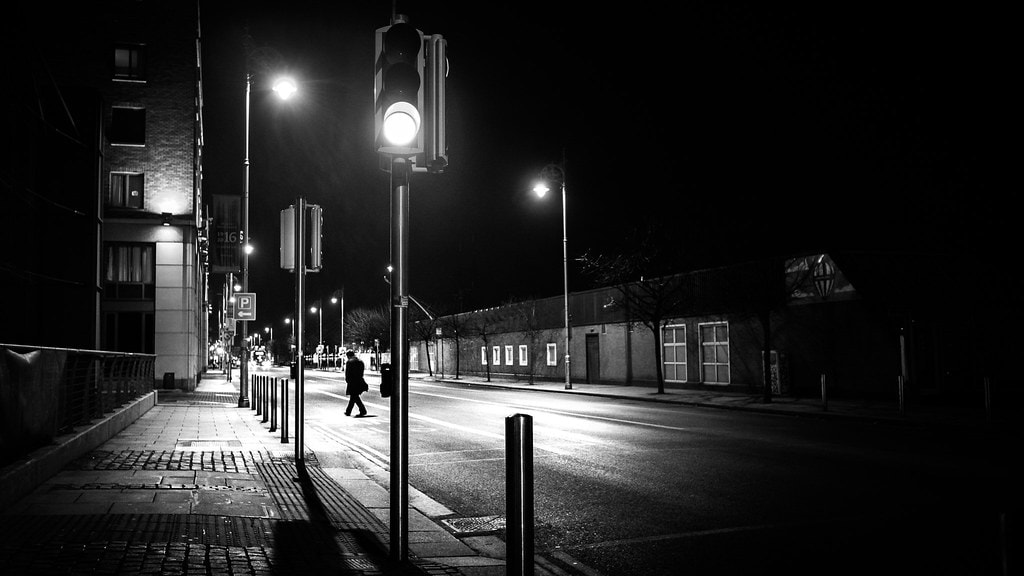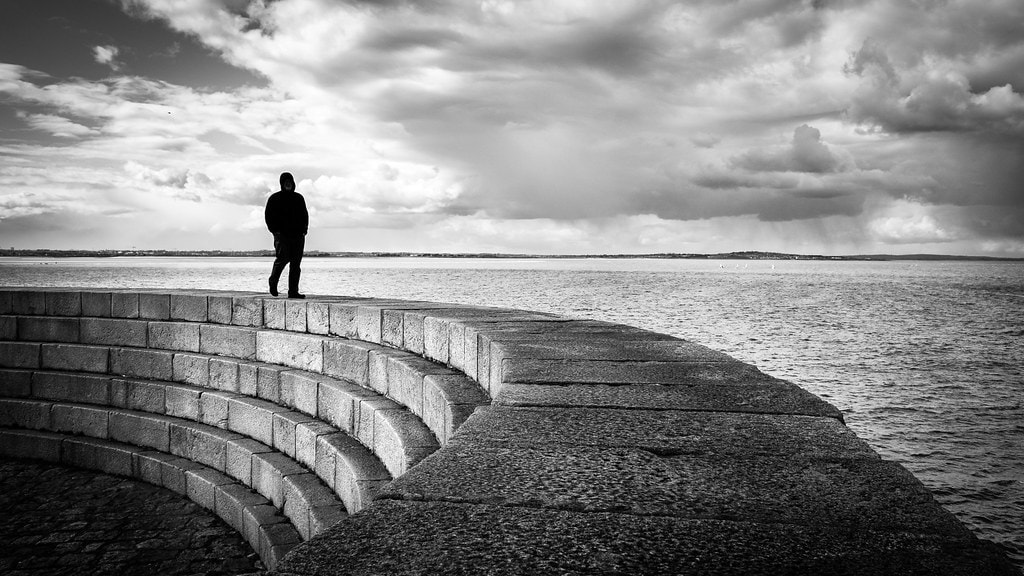The Timeless Appeal of Monochrome Photography
Black and white photography has a timeless appeal that transcends trends and technology. The simplicity of monochrome images allows photographers to focus on the essential elements of their subject, such as form, texture, and contrast.
By removing the distractions of color, black and white photography can create a more profound emotional impact and help viewers connect with the essence of a scene.
The Importance of Lighting
Great lighting is crucial to black-and-white photography. It can enhance contrast, emphasize textures, and create a sense of depth in your images. Look for strong, directional light to create dramatic shadows and highlights. Overcast days can also provide soft, even lighting that works well for black-and-white portraits.
Composition and Creativity
Black and white photography encourages you to think creatively about your compositions. Look for interesting patterns, shapes, and textures that can add visual interest to your images. Leading lines and the rule of thirds can also help guide your viewer’s eye through the frame.
Understanding Tonal Range and Contrast
The key to creating compelling black-and-white images is understanding tonal range and contrast. Tonal range refers to shades of gray in a photograph, from pure black to pure white. A photograph with a wide tonal range will include deep shadows, bright highlights, and a variety of mid-tones.

Contrast, on the other hand, refers to the difference in brightness between an image’s darkest and lightest areas. High-contrast images have stark differences between dark and light areas, while low-contrast images have more subtle tones.
Some tips for managing tonal range and contrast include:
- Pay attention to the light: Look for interesting lighting conditions that create a variety of tones and shadows, such as side lighting or backlighting.
- Use exposure settings wisely: To capture a wide tonal range, experiment with exposure settings like shutter speed, aperture, and ISO.
- Post-processing adjustments: Fine-tune tonal range and contrast during post-processing using tools like levels, curves, and dodge/burn.
Seeing the World in Black and White
To master black and white photography, you must train your eye to see the world in terms of tonality, texture, and form. Some tips for developing a monochrome vision include:
- Pre-visualize your images: Imagine how the scene would look in black and white before photographing. This will help you make more informed decisions about composition, lighting, and other factors.
- Look for patterns and textures: In the absence of color, patterns, and textures become more prominent and can add visual interest to your images.
- Emphasize shape and form: Look for strong geometric shapes, lines, and forms to create dynamic compositions.

Choosing the Right Subjects
Not all subjects lend themselves well to black-and-white photography. Some subjects that typically work well in monochrome include:
- Portraits: Black and white portraits can emphasize the subject’s emotions and character, creating a more intimate connection with the viewer.
- Landscapes: Monochrome landscapes can highlight the environment’s natural beauty by focusing on the textures and contrasts within the scene.
- Street photography: Black and white street photography can evoke a timeless, documentary feel that captures the essence of everyday life.
Post-Processing Techniques
Post-processing is an essential part of black-and-white photography. Software like Adobe Lightroom or Photoshop can help you fine-tune your images, adjust contrast, and convert color photos to black and white. Experiment with different tools and techniques to create your unique style.
- Conversion: Convert your images to black and white using Lightroom or Photoshop. Many programs offer various methods for conversion, such as black and white mix, channel mixer, or gradient map.
- Contrast: Adjust the contrast to emphasize the difference between the darkest and lightest areas of the image. Use tools like curves or levels to fine-tune the contrast in your image.
- Dodge and Burn: Dodge and burn are techniques used to lighten or darken specific areas of an image selectively. This can help highlight details, enhance contrast, and add depth to your photos.

Printing Black and White Photos
Printing black-and-white photos requires careful consideration of paper type, ink, and printer settings. Some tips for producing high-quality black and white prints include:
- Paper: Choose a paper that complements the tones and textures of your image. Fine art papers with a matte finish can enhance the depth and richness of black-and-white photos.
- Ink: Use high-quality, pigment-based inks designed for black-and-white printing. These inks provide a greater range of gray tones and better archival properties than dye-based inks.
- Printer Settings: Adjust your printer settings to ensure optimal results. Many printers have dedicated black-and-white modes to help you achieve accurate tonal reproduction.
Conclusion
Mastering the art of black-and-white photography takes time, practice, and a keen eye for detail. By focusing on lighting, contrast, composition, and post-processing, you can create stunning black-and-white images that capture the essence of your subject and evoke powerful emotions.






